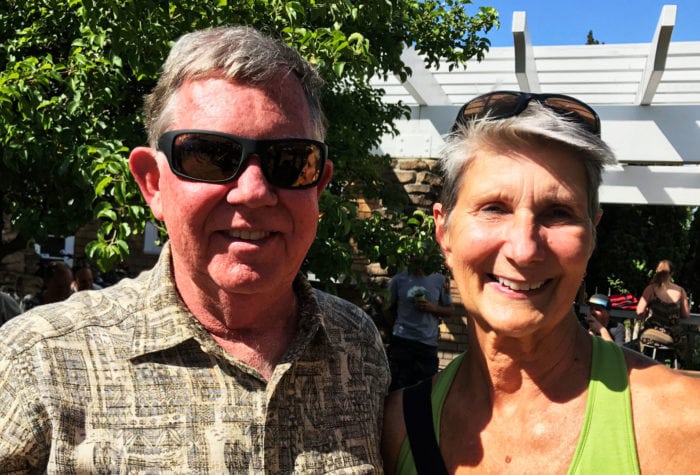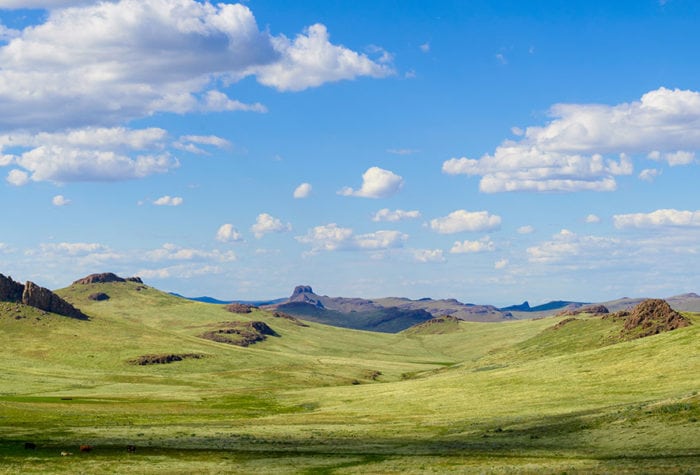Oregon Natural Desert Association created these trip difficulty ratings at the request of past and prospective trip participants to help them compare our trip options, and judge which trip is right for them at the time.
Trip Difficulty Ratings
Stewardship Trip Difficulty Levels
Our scale includes five difficulty levels, with one being the least physically demanding and five being the most physically demanding.
The ratings for each trip are relative to the other trips we host. Duration, elevation, expected weather and temperatures, camping conditions, and the demands of the project are all taken into account. Our system uses the most demanding aspect(s) of the trip as the benchmark by which the trip is judged. For example, if some aspects of a trip could be described as level 2, while others aspects make it level 3, we would classify it as a level 3.
We hope these ratings provide a useful guide for our participants. If you are unfamiliar with ONDA’s stewardship trips and have further questions, please just give us a call (541) 330-2638 or e-mail us. We would love to chat with you! The best person to contact will be the trip leader listed in the trip description.
If you have a suggestion, we welcome feedback on our ratings. After all, this system is designed to help our participants to have a better experience.
Remember: Our scale is relative, so there can quite a bit of physical work involved at all levels, even level one.
Level 1: Easy
Work trips are one-day long, and take place at work sites within a short walk from a trailhead parking lot or car-camping site.
Most of our planting trips fall into this category. There can be quite a bit of hammering, use of large tools, and dragging loads around.
Participants can work at their own pace and take frequent breaks. These trips are accessible to most people, but given the varying, generally uneven terrain, they may not be suitable for people who use wheelchairs or walkers.
Level 2: Moderate
Multi-day trips with overnight camping involved.
These trips are a step up from level one because they are a longer in duration, and involve more lifting, longer walks (of a mile or more), hotter conditions, or weird hours.
Participants should have a basic level of fitness and have camped out a few times.
Level 3: Challenging
Backpacking trips that involve multiple days of work in difficult terrain, usually hotter (or colder) weather extremes.
At this point, participants need to be folks who get regular exercise and are more experienced campers.
Level 4: Strenuous
Trips in challenging terrain, or trips that involve more difficult project work, or both. These could be arduous day-hikes that involve scrambling in rocky terrain (Yosemite decimal system class three) or multi-day backpacking trips covering long distances.
Participants will need to be in shape enough to move at a pace that will allow the group to reach specific destinations by a set time. Trips at this level involve pushing oneself physically.
Level 5: Extreme
Multi-day backpacking trips that follow extremely difficult routes, or are exploratory in nature.
Trip participants are often asked to contribute their skills to make the trip succeed. Participants need to be proficient in outdoor skills with a high general fitness level. These are tough trips, but they are also extremely rewarding.


